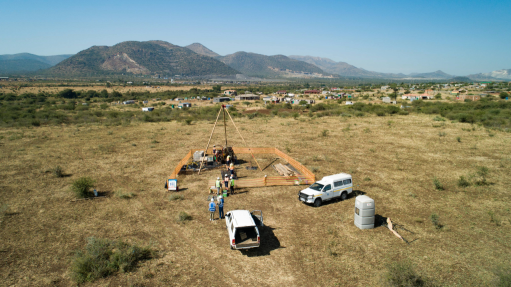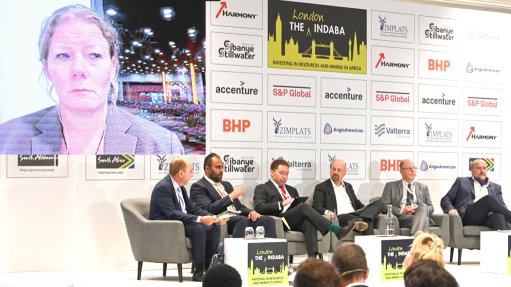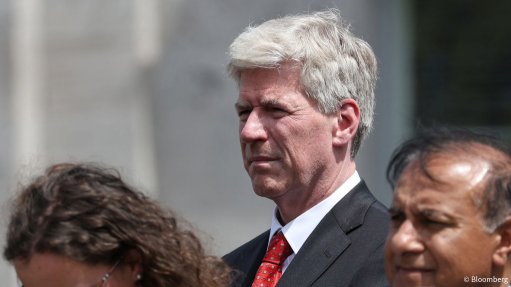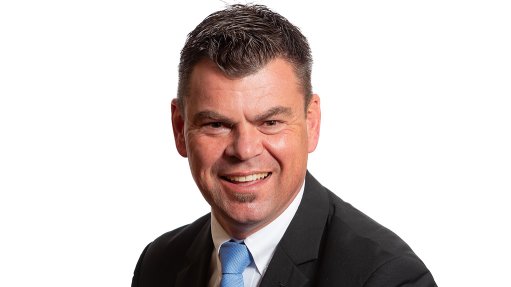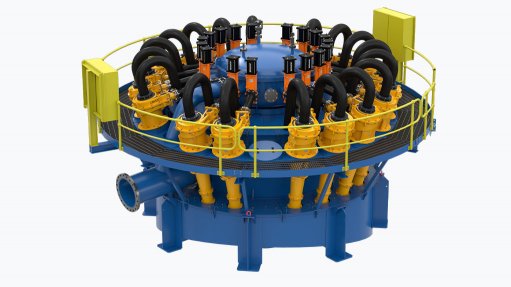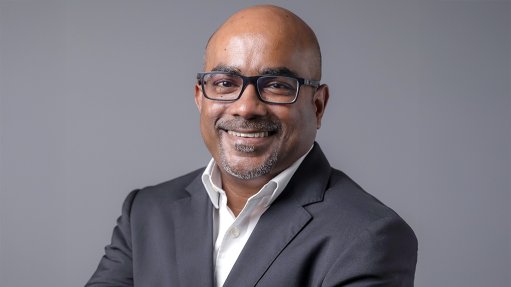Transforming the perception: A Comparison of Asian and African perspectives on route to Environmental Sustainability
By: NRF Y Rated Researcher Dr Suvania Naidoo
This piece looks at the treatment of AMD in South Africa and the recent Central Basin decant in Boksburg Lake. It provides a best practice example of Teshima, Japan as a comparison to demonstrate how ESG (Environment, Social and Governance reporting is a set of metrics and processes organisations adopt to improve their social responsibility and limit their impact on the environment to maintain investors) is becoming increasingly relevant in today’s times. Not merely for reporting purposes but to really transform the way governments and businesses operate. Businesses can and should function as the backbone for the communities in which they operate and essentially that will make an impact in the world. The article advocates the importance of government forming partnerships with communities and businesses engaging and empowering their employees. How can we transform the perception that creating partnerships with communities and having engaged employees leads to a shared vision on route to environmental sustainability.
Back in 2002, the public were enlightened with the first incidences of Acid Mine Drainage (AMD) that occurred in the West Rand near Krugersdorp in the Gauteng Province. This led to serious concerns about the actual effect of mining on the environment. From then onwards, AMD became increasingly prominent in the South African media, and more widely understood as a further environmental threat to our already declining water systems. The main reasons stemmed from a lack of information on the potential impact on society, possible consequences on our already threatened water systems and the sustainability of mining in general. Additional concerns surrounded the government’s response to AMD from a policy perspective. During that time only an Inter-Ministerial Committee (IMC) document of 2010 on AMD existed. Shortly after, the AMD Emergency Works Project was implemented, and the short-term treatment of AMD commenced in the three basins of the Witwatersrand (as per the IMC document) between 2012 and 2016.
My research between 2011 and 2017 found that the evolving policy response and social dynamics of AMD were not sufficiently synchronised to deal with similar predicaments in the future. However, in 2017 the first draft of the Mine Water Management Policy surfaced and was approved in 2022. This policy sets the tone for the desirable management of mine water in South Africa but envisions that treated AMD will contribute to South Africa’s water dilemma only by 2040. Thus, a long-term treatment does not exist and in the interim, potential decanting is possible, further impacting communities and the environment. The Master Plan identifies key actions in the water sector and provides the roles and responsibilities of all stakeholders (tiers of government, private sector etc.) involved. In June 2025, media reports stated that the central basin has decanted and is affecting the water quality of Boksburg Lake. Although there have not been ongoing media reports of this nature, it’s inevitable to refer to the timeline of when the short-term treatment began and the ongoing potential impacts on communities. The water in Boksburg Lake is reported as not being fit for any use and all people near the lake are cautioned against using the water, yet it’s those very people who are dependent on the water who may not heed to the warning, let alone be exposed to it.
The implications surrounding the delay in long-term treatment are many and have been communicated to the public. However, uncertainty looms. As researchers, we should determine how our research’s practical implications can enhance its impact on industry and society. Several initiatives (such as the National Water & Sanitation Master Plan, National Integrated Water Security Framework, Vaal Anti-Pollution Forum) have surfaced to address the serious water crisis in South Africa. The government has put forward the importance of partnerships, that of the private sector and stakeholder participation. But pivotal to these partnerships is the involvement of communities towards environmental sustainability. Teshima (of the Seto Inland Sea), an Island in Japan provides a best practice example of how governments, businesses and communities can work in partnership towards environmental sustainability.
In the 1970s, almost 1 million tonnes of toxic waste was dumped by a company on the western end of Teshima Island and open air burning began, negatively impacting the community of Teshima. The Kagawa Prefecture (equivalent to local government) certified that the waste was unharmful and provided the authorization for the disposal. The company had sought the permit under the pretense of earthworm farming. In 1990, the Hyogo Prefectural Police started investigating the concerns raised due to public outcries and exposed the company for violating the Waste Management Act and the illegal dumping stopped. Massive amounts of waste were left on Teshima. The Kagawa Prefecture was of the view that the waste was not classified incorrectly, no impact would be inflicted on the environment and treatment of the waste was not required. In 1993, resident movements were formed and the Teshima community applied for a pollution conciliation for the waste to be removed. In 2000 an agreement was reached to have the waste removed. The governor publicly apologized to the Teshima community for failing to rectify the environmental damage sooner. The Environmental Disputes Coordination Commission took measures of the landfill site due to the environmental risks not being immediately present.
In the 80s Japan adopted a “pollution must be covered up and hidden” approach. After an almost two-decade long rehabilitation process, this has led to tighter laws and increased fines for illegal waste disposal. This is one of Japan’s most dreadful cases and yet one of its biggest victories in terms of environmental justice. However, the residents suffered for over 40 years. The costs of the disposal summed up to 80 billion Yen, equivalent to ZAR 9 billion, funded by public funds, prefectural government and from national government.
Teshima draws similarities with the Grootvlei Mine. Grootvlei had their water-use license renewed and revoked over a period of years due to non-compliance and was a major contributor of AMD. Similarly, public funds are contributing to the current environmental rehabilitation (AMD) process. Teshima is an example of a battle of power as we see in many countries across the globe. Japan is an example of a well-established state and South Africa is still developing, and criticism can stem from such a comparison. However, Japan and South Africa both form part of the G20, which aims to bring together the world’s major developed and developing economies to discuss global economic and social issues. With that said, let’s transform the perception, the key takeaway from the comparison is the importance of communities for environmental justice and ultimately environmental sustainability. We have similar strong-willed communities in South Africa. Disadvantaged communities are victims of AMD residual. In Teshima the biodiversity is not restored to its natural state and enhancing tourism of the island will take time, but the community is committed to playing a contributory role, which in essence depicts environmental sustainability.
As we aim for environmental sustainability, perhaps the answers are closer than we think. Communities are critical stakeholders. Governments need to change the way their processes are seen by communities by building partnerships and trust with them instead. Smart businesses are by nature environmentally sustainable, meaning ESG is not merely a reporting task but embedded into business operations. This can only be done if employees are engaged in the process and there is a shared vision created for business success. Governments and businesses are responsible for contributing effectively and sustainably to the world. Addressing environmental challenges starts with our people, with communities, and business communities (employees). Investors use ESG frameworks to assess a company's sustainability efforts & societal impact. With investments being the key focus for future positive impacts for water and environmental sustainability in South Africa, which is what ESG is promoting, perhaps building partnerships with communities is that much more essential. Since they have vested interests in contributing to environmental sustainability as illustrated in the case of Teshima. Investors are more likely to invest in Japan due to past success stories (such as Teshima), which the community was at the forefront of. Perhaps the same can be adopted in South Africa to secure investments towards environmental sustainability. If government is really working towards a sustainable environment and businesses are really considering being [naturally] ESG compliant or implementing the long-term solution to AMD by 2040 as policy evolves, I envision building partnerships with communities essential.
Comments
Press Office
Announcements
What's On
Subscribe to improve your user experience...
Option 1 (equivalent of R125 a month):
Receive a weekly copy of Creamer Media's Engineering News & Mining Weekly magazine
(print copy for those in South Africa and e-magazine for those outside of South Africa)
Receive daily email newsletters
Access to full search results
Access archive of magazine back copies
Access to Projects in Progress
Access to ONE Research Report of your choice in PDF format
Option 2 (equivalent of R375 a month):
All benefits from Option 1
PLUS
Access to Creamer Media's Research Channel Africa for ALL Research Reports, in PDF format, on various industrial and mining sectors
including Electricity; Water; Energy Transition; Hydrogen; Roads, Rail and Ports; Coal; Gold; Platinum; Battery Metals; etc.
Already a subscriber?
Forgotten your password?
Receive weekly copy of Creamer Media's Engineering News & Mining Weekly magazine (print copy for those in South Africa and e-magazine for those outside of South Africa)
➕
Recieve daily email newsletters
➕
Access to full search results
➕
Access archive of magazine back copies
➕
Access to Projects in Progress
➕
Access to ONE Research Report of your choice in PDF format
RESEARCH CHANNEL AFRICA
R4500 (equivalent of R375 a month)
SUBSCRIBEAll benefits from Option 1
➕
Access to Creamer Media's Research Channel Africa for ALL Research Reports on various industrial and mining sectors, in PDF format, including on:
Electricity
➕
Water
➕
Energy Transition
➕
Hydrogen
➕
Roads, Rail and Ports
➕
Coal
➕
Gold
➕
Platinum
➕
Battery Metals
➕
etc.
Receive all benefits from Option 1 or Option 2 delivered to numerous people at your company
➕
Multiple User names and Passwords for simultaneous log-ins
➕
Intranet integration access to all in your organisation







